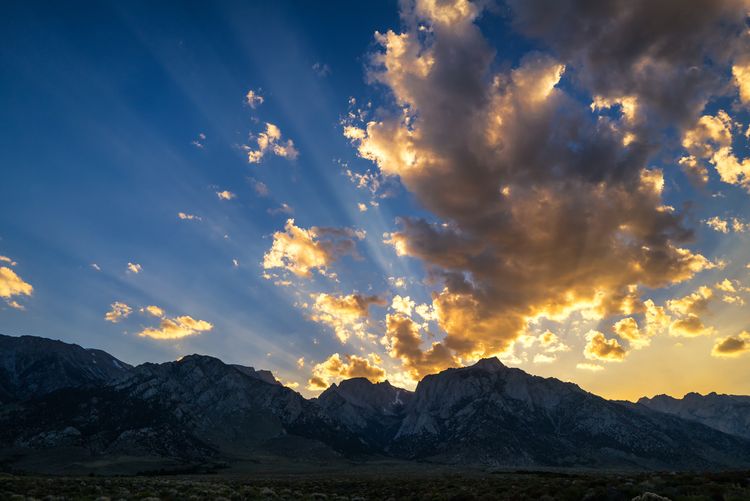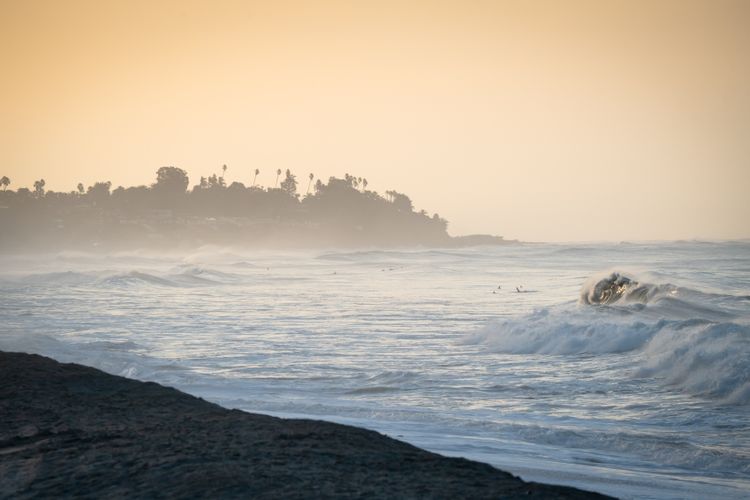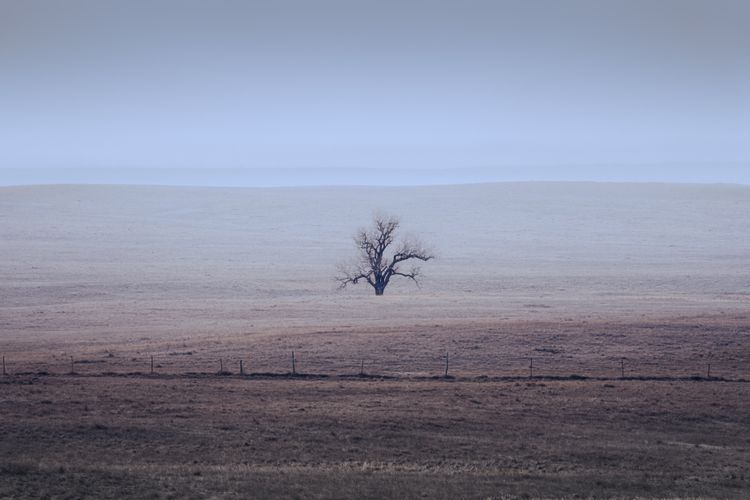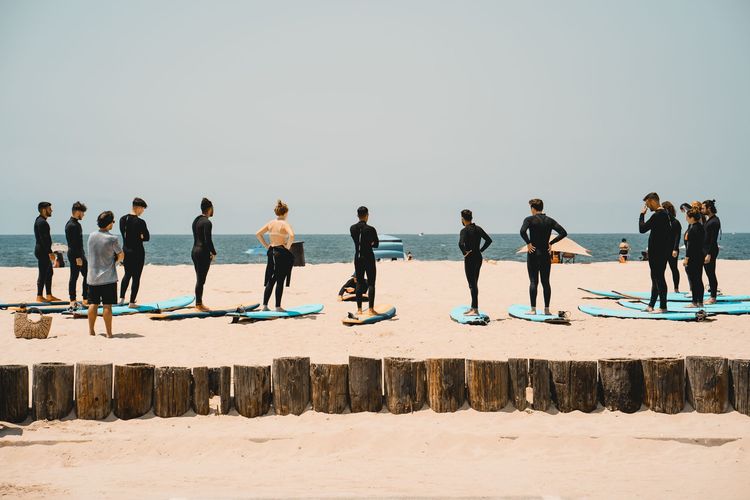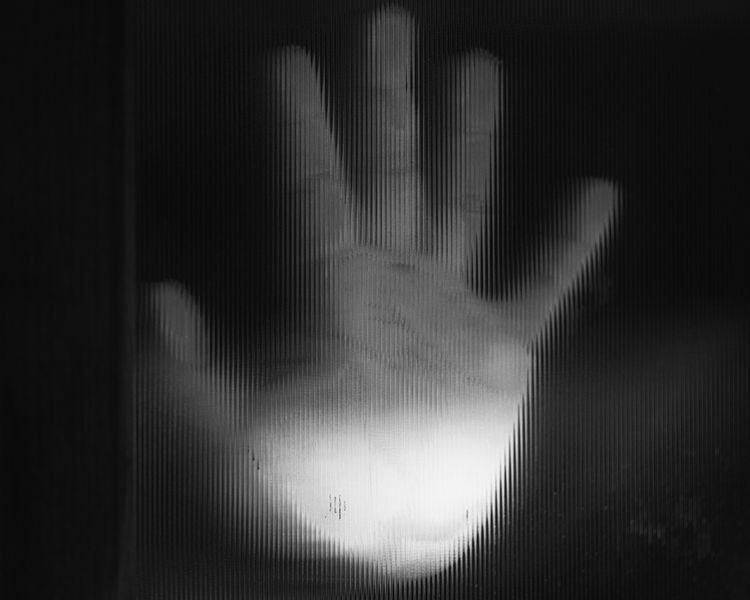Mojave: Land of the original dad joke
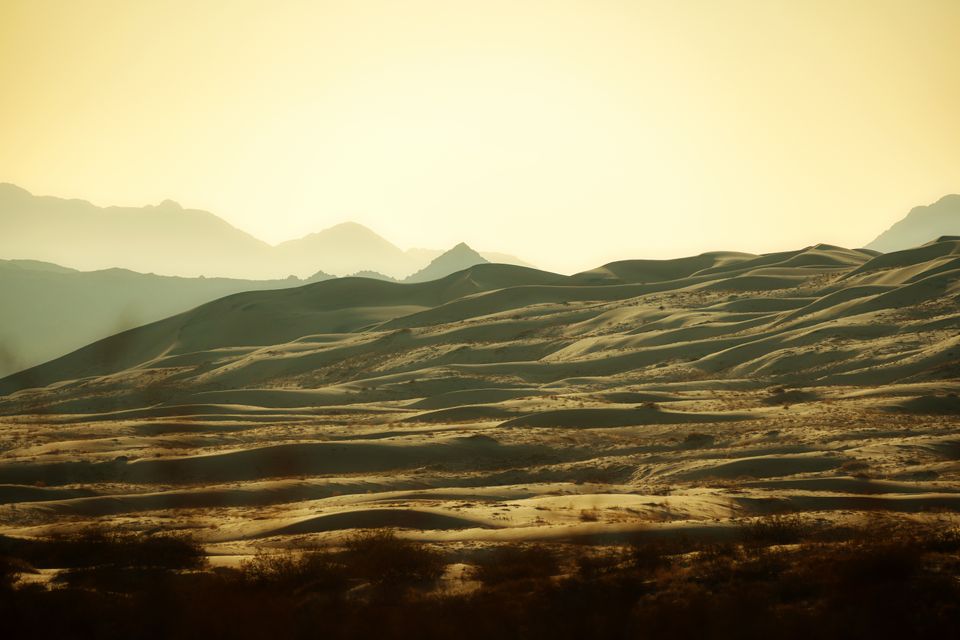
NESTLED BETWEEN INTERSTATES 15 and 40 in eastern California is a land that is often spoke of, but rarely visited. Dad jokes about crossing the Mojave to get to school are more prevalent than visitors to this stretch of land. But don’t discount the features of Mojave National Preserve. It can be appreciated in a day, or absorbed over several.
Although relatively young in its “national preserve” status (1994), Mojave has a long history of recreation and a transit pass-through for rail and car passengers. Perhaps more interesting, though, is the number of natural wonders you can check off your list: sand dunes, volcanoes, Joshua tree forests, mountains, lava beds and a couple of ghost towns.
Named for its native people, the Mojave has a rich history of settlement and conflict. In the last century, the desolate landscape had a thriving railroad town in Kelso. Among other things, much-needed steel during World War II passed through this whistle stop. The old rail depot is now used as the visitor center and museum. Worth a respit (although closed as of this writing due to the pandemic).
See the full visual story.
On this visit, we combined some Route 66 sight-seeing with a day in the preserve. We used Needles, Calif., as our base and took in the local sites. Although not the town it once was, the Don Draper-era-road-trip-to-California vibe was humming. Vintage signs, hotels, filling stations and diners were easy to find. Some, like the Texaco station, looked preserved and well kept albeit no longer offering service. Others, such as the Sage Motel, have seen better days.
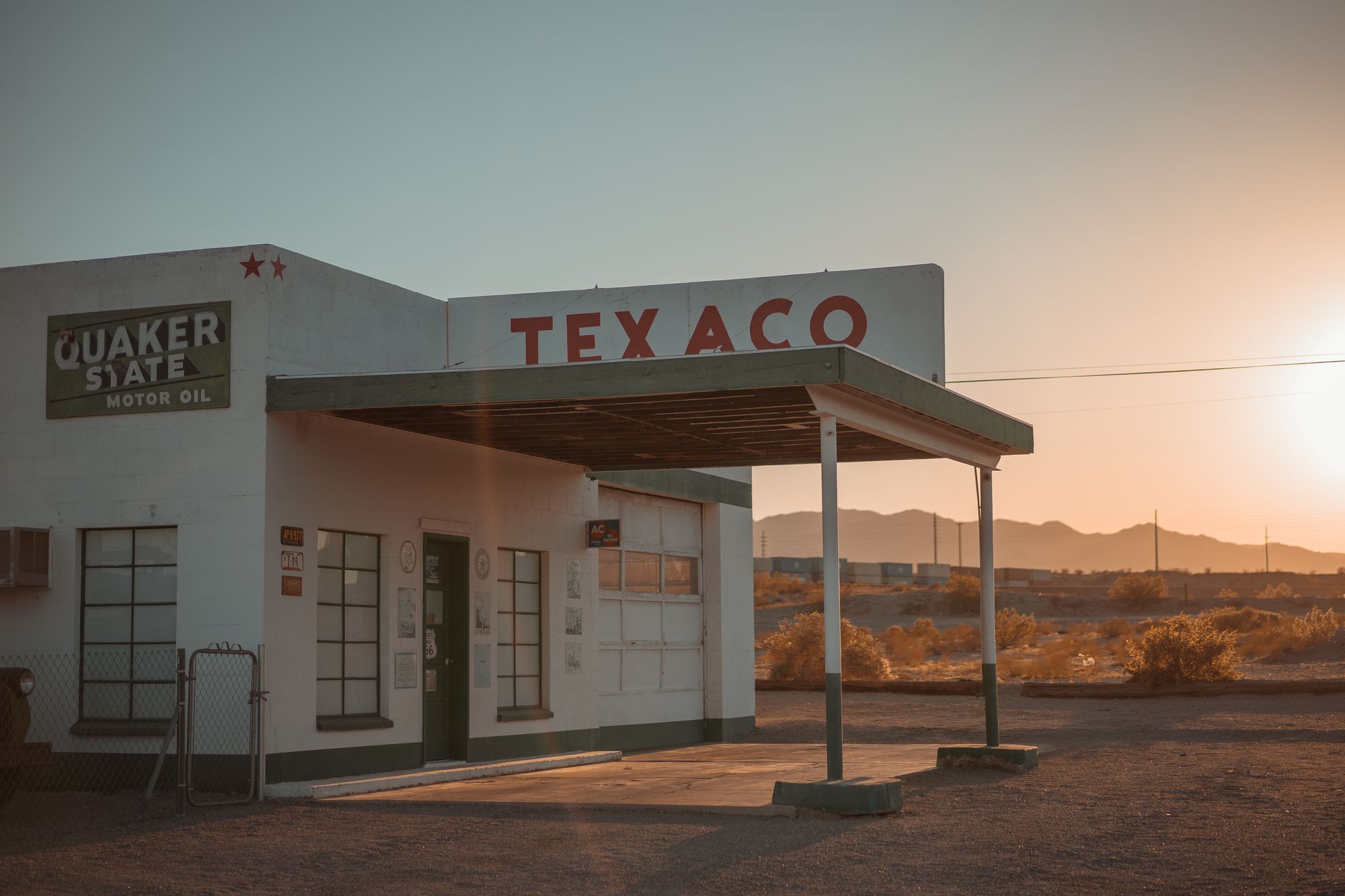
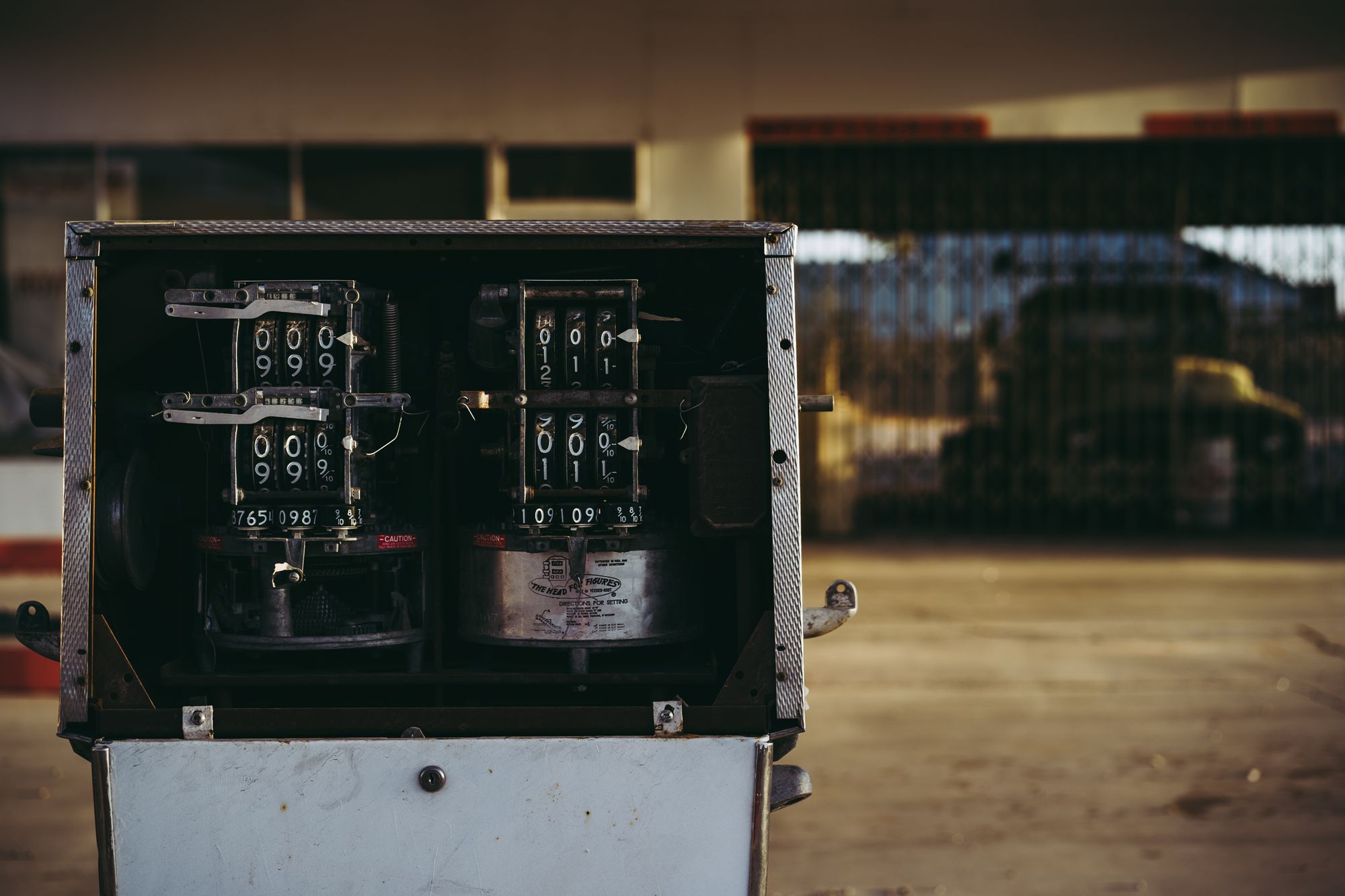
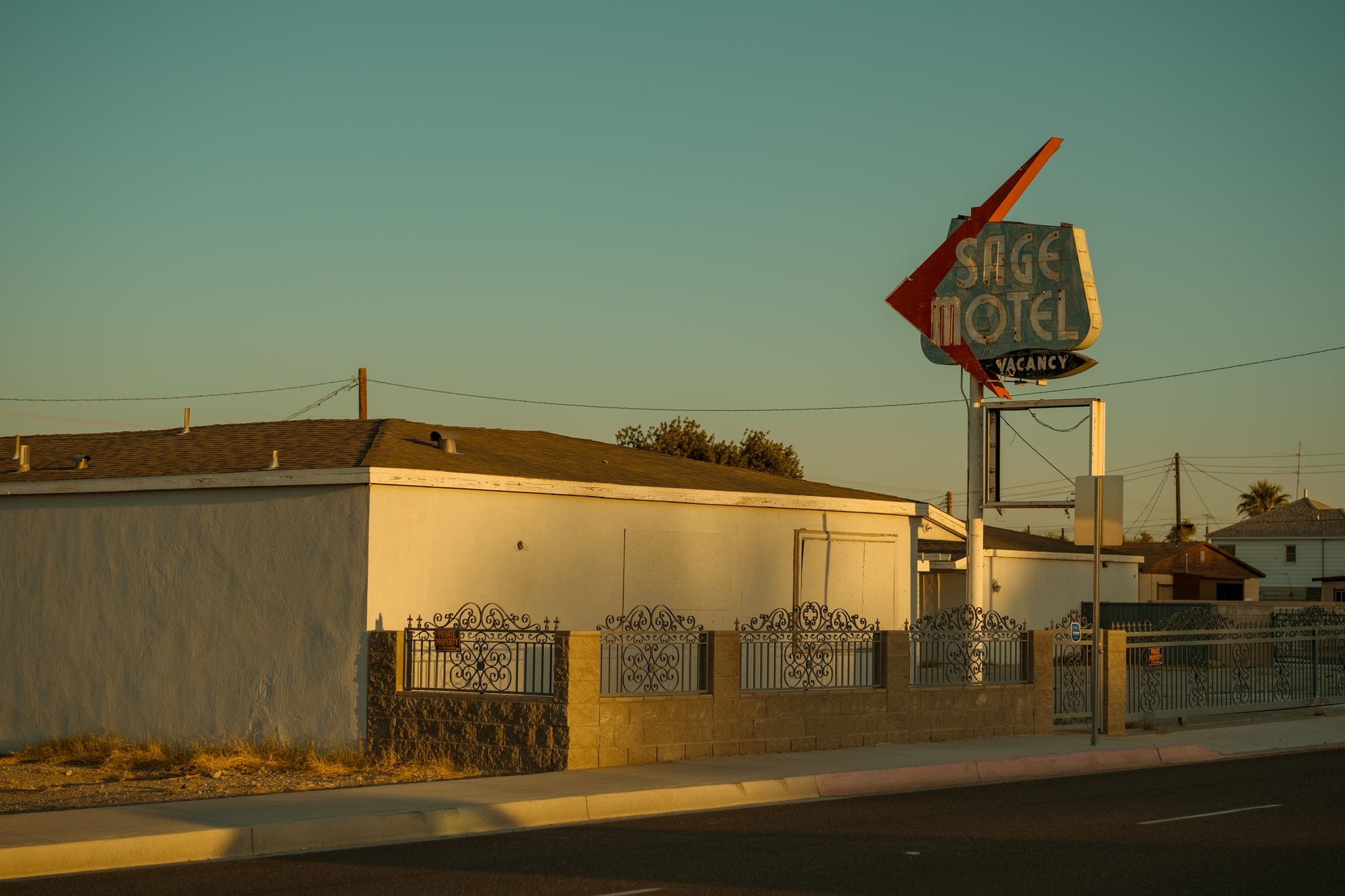
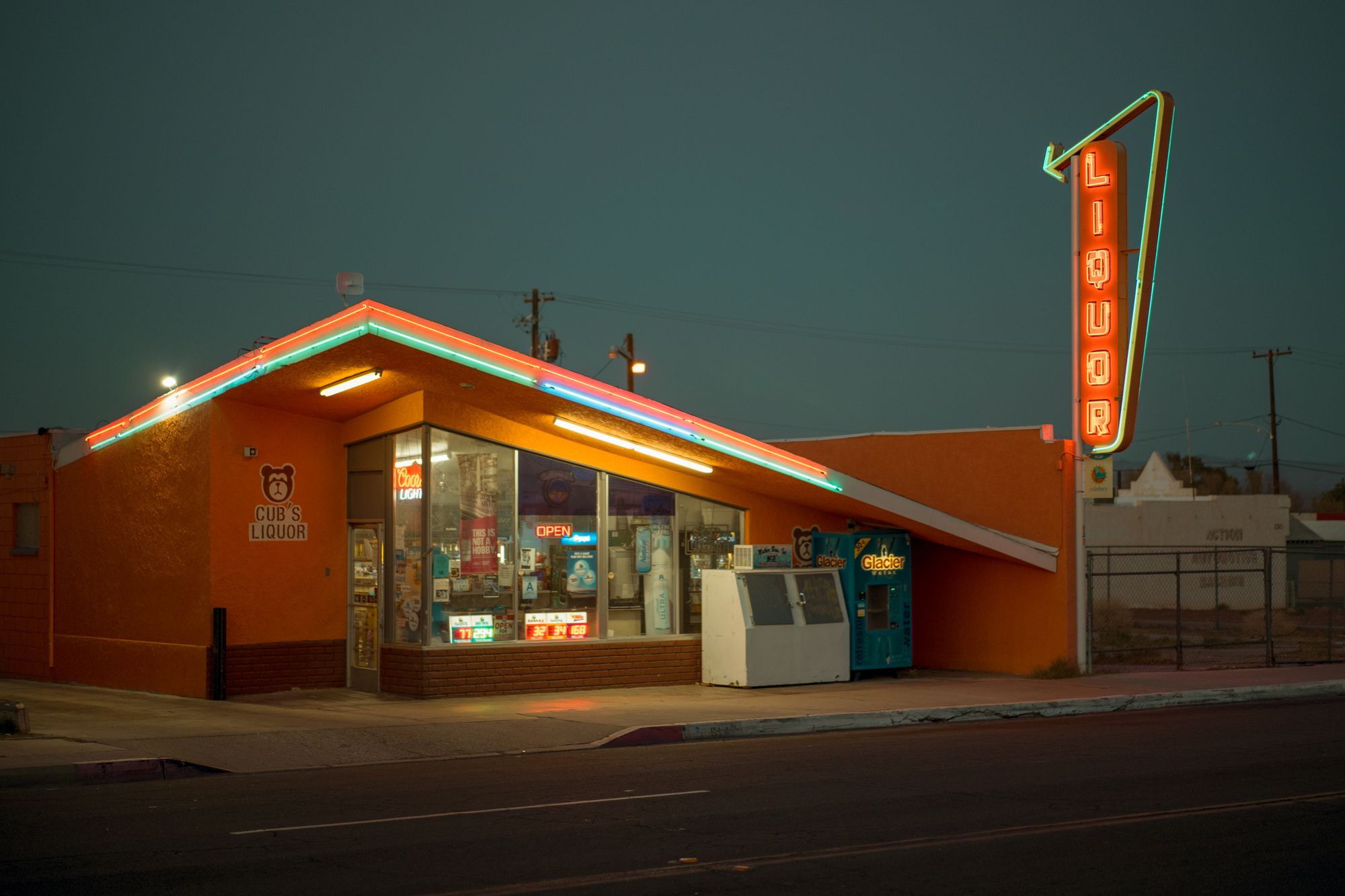
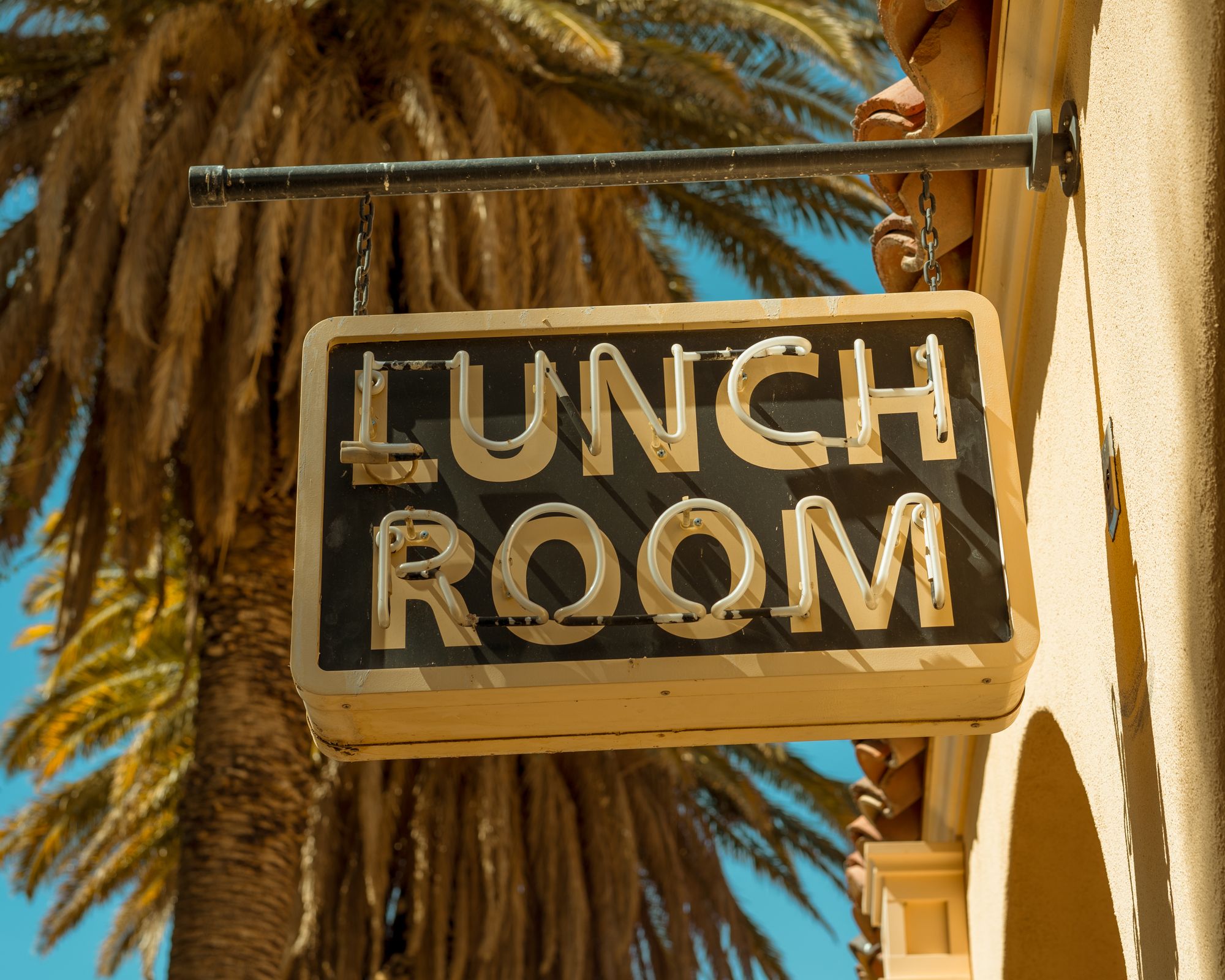
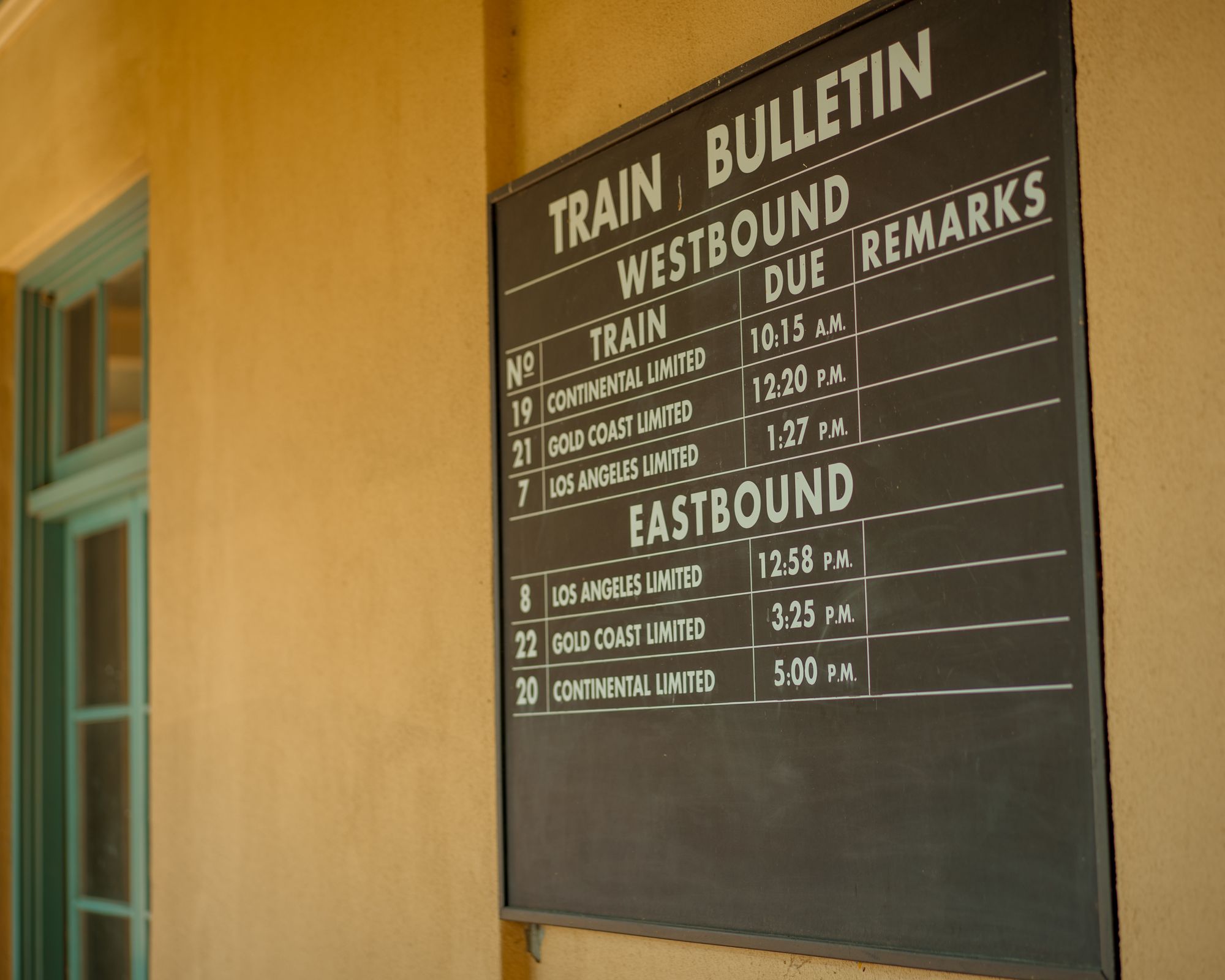
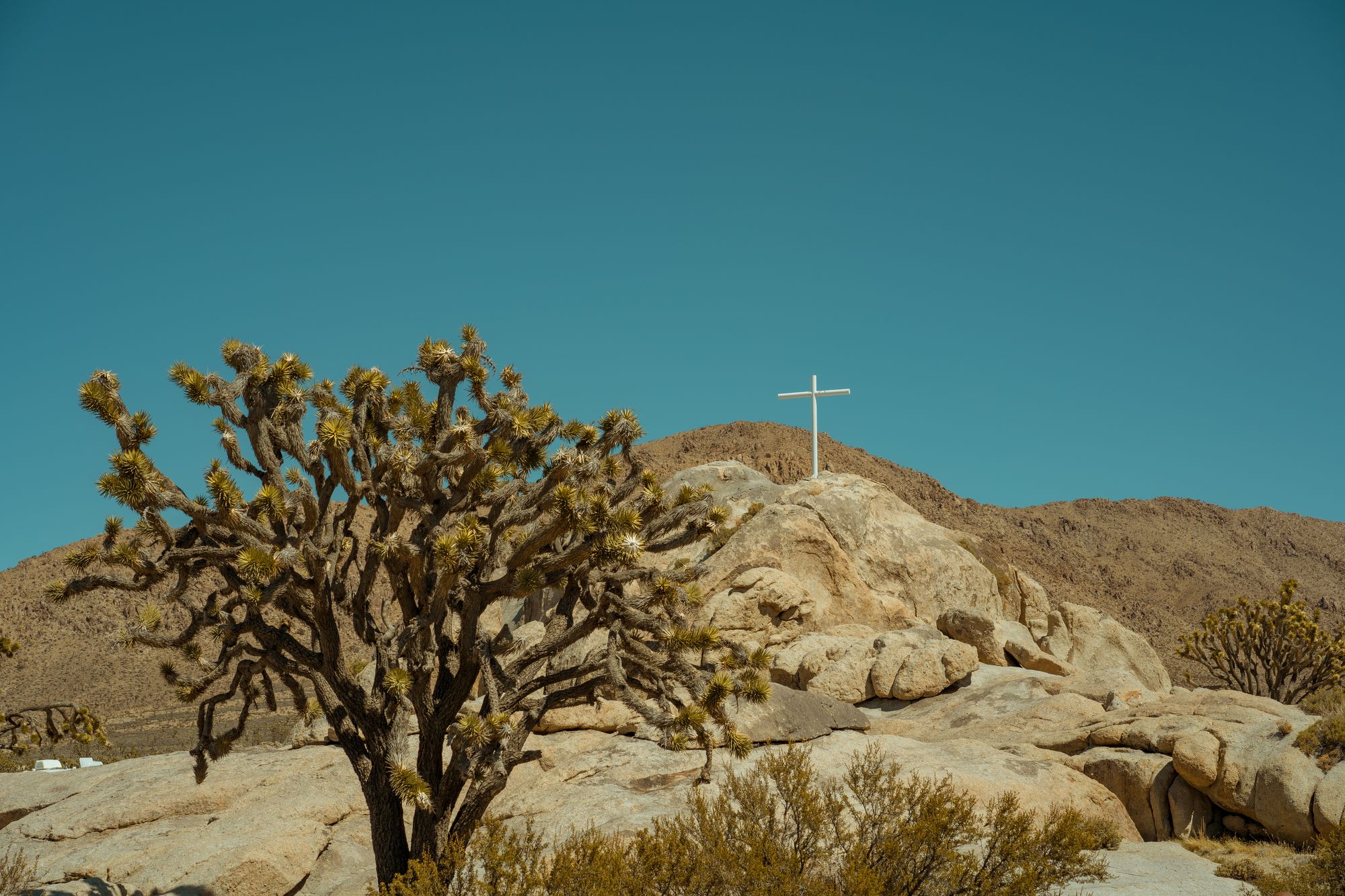
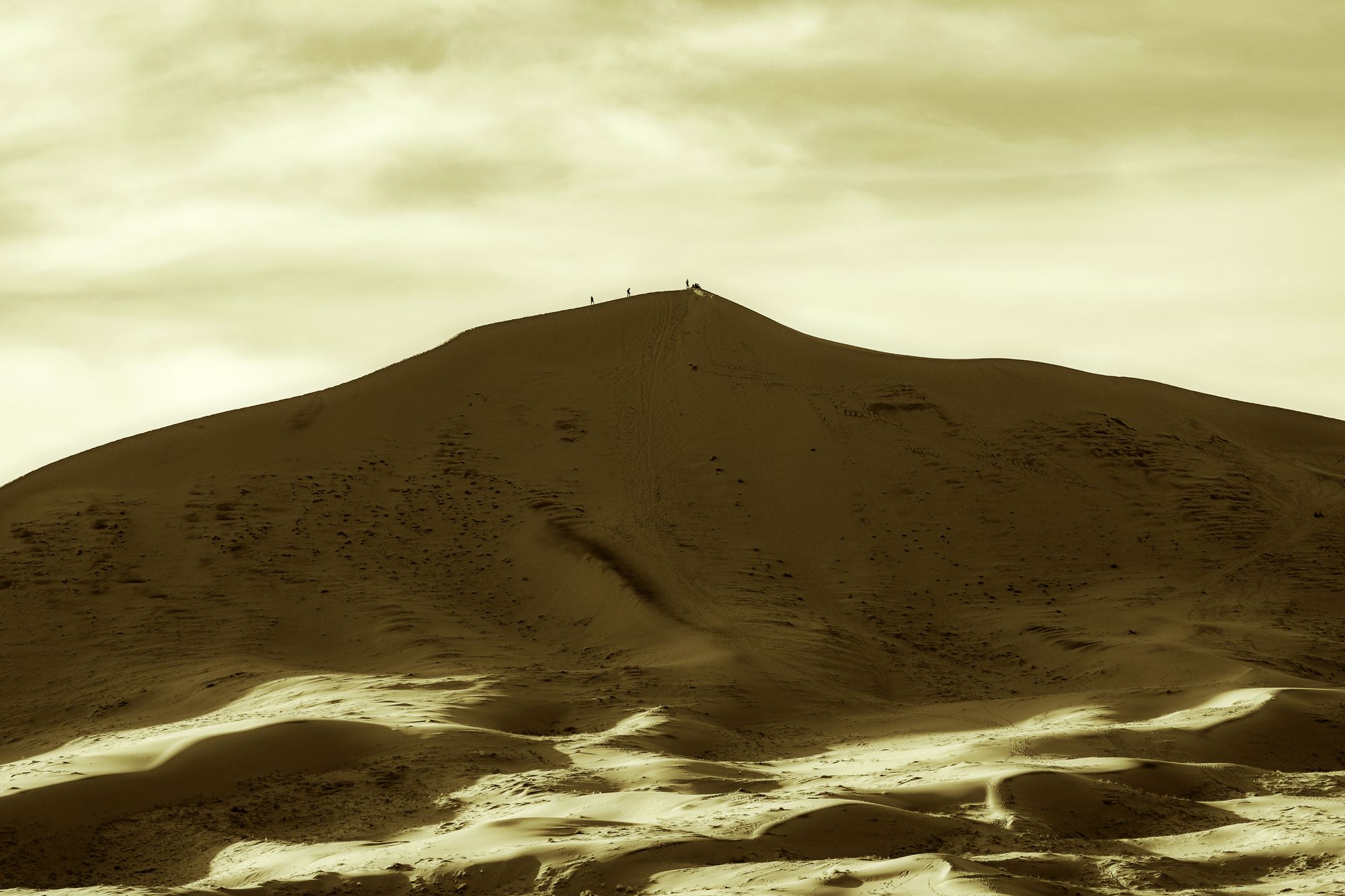
Situated on the Colorado River, Needles is about an hour to the preserve’s entrance off Interstate 40.
Visitors to the preserve will find plenty of camping options, although most are primitive (no toilets or water). There is no lodging, gas or food inside the park. So plan accordingly and make sure your gas tank is full or EV is charged.
Recommended soundtrack: Royal Blood's self-titled debut.
Our window was 12 hours, and we wanted to make sure sunset at Kelso Sand Dunes was the last stop of the day. We spent time exploring the Joshua tree forest (very thick and mostly scarred from a recent wildfire); the Cima volcanic field and the World War I memorial. Athough closed, the Kelso Depot was also worth a walk-around. Some interesting artifacts, such as old steel jail cells, and the abandoned cinder block post office and corner store is still standing.
For overland enthusiasts, the off-roading options are endless. Be forewarned, though, some of the trails can get crowded. We did some light off-roading and found ourselves mostly alone, but there were large convoys of overlanders seen throughout the preserve.
Given the day time heat, which was pushing well into the upper 90s in April, we didn’t do any hiking but there are plenty of options.
As the sun was setting over the California desert, we found an empty camp site, made some dinner and took in the light show at Kelso Dunes. It felt and looked otherworldly, which was the expectation.
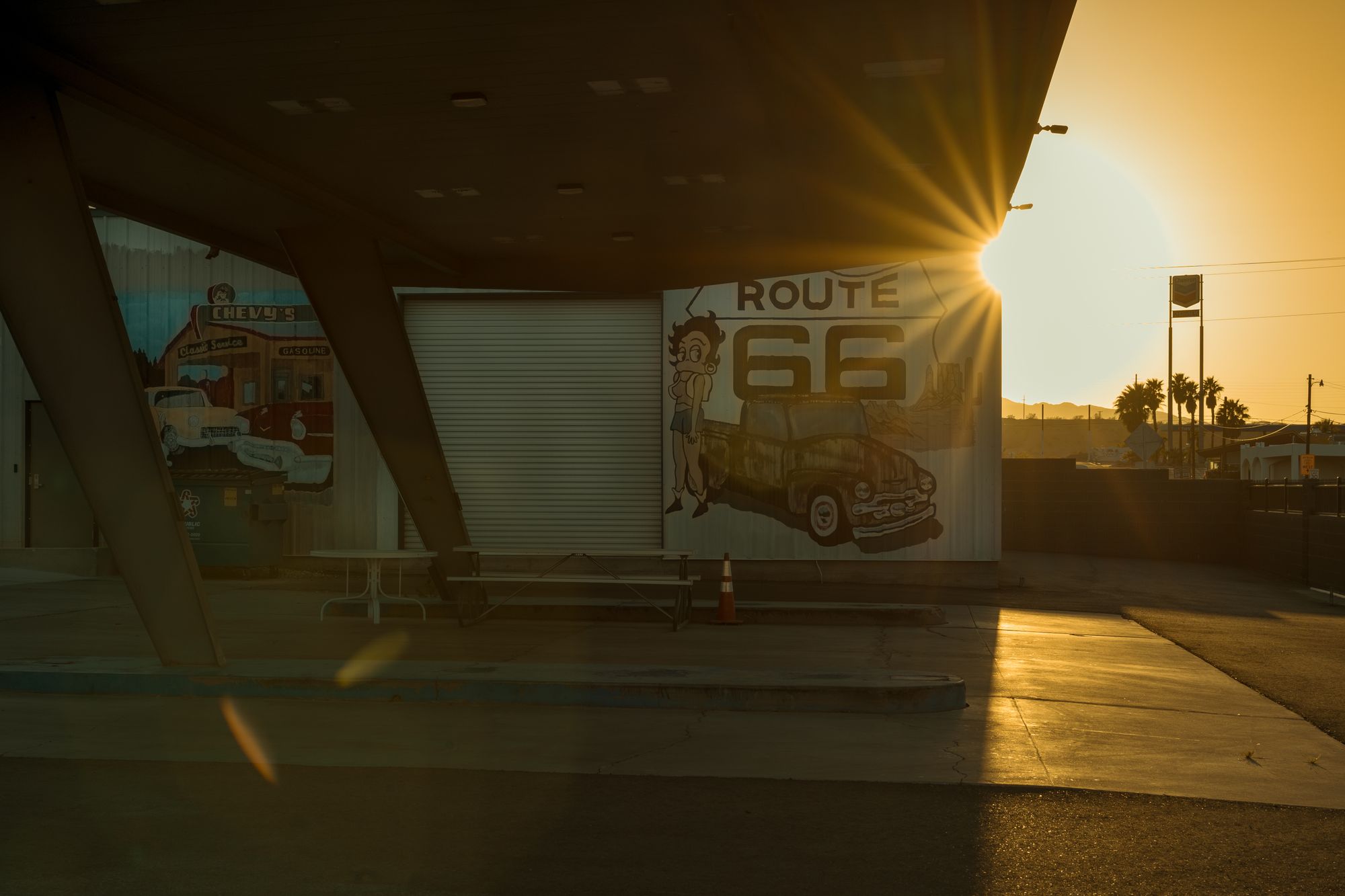
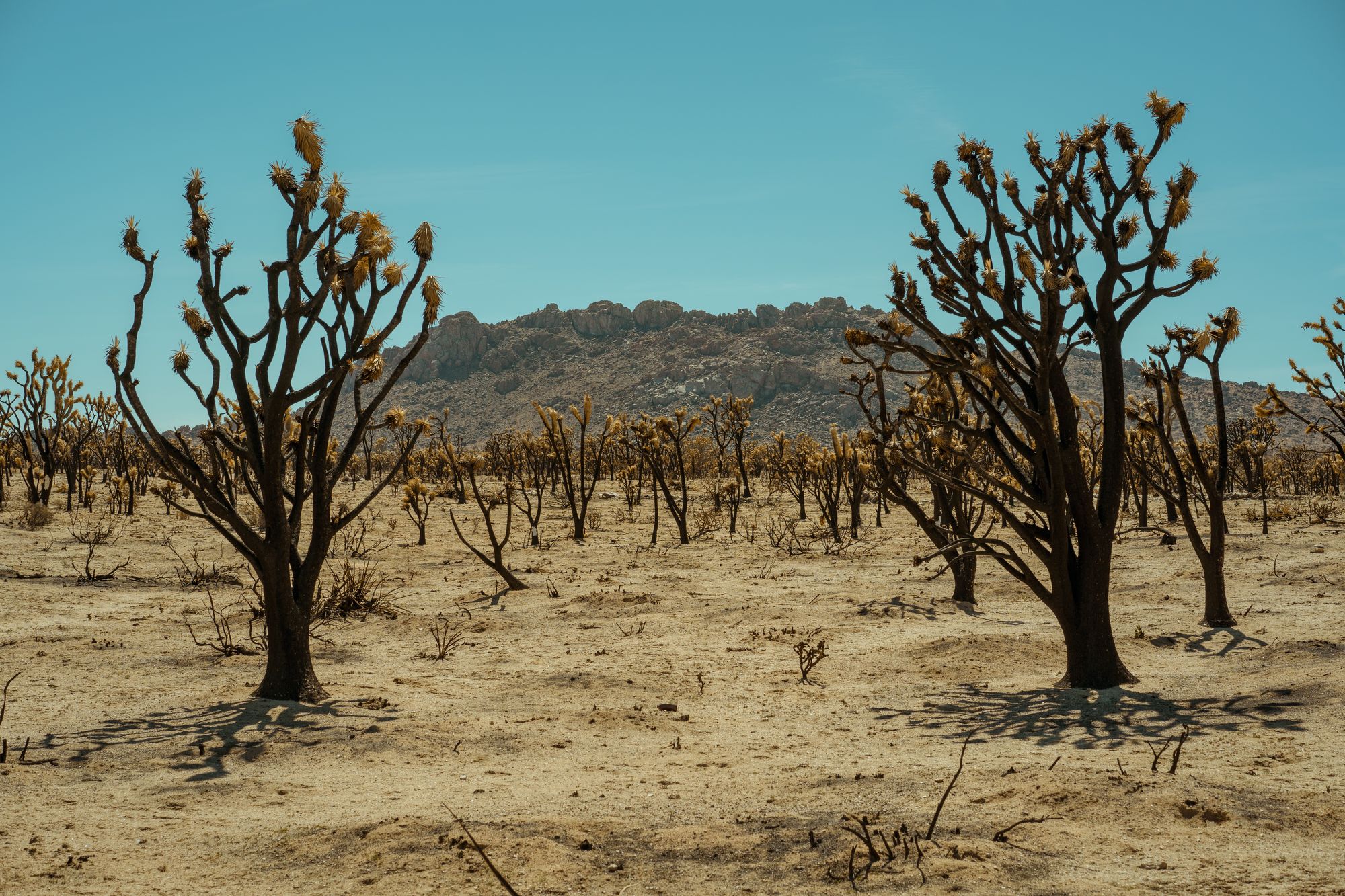
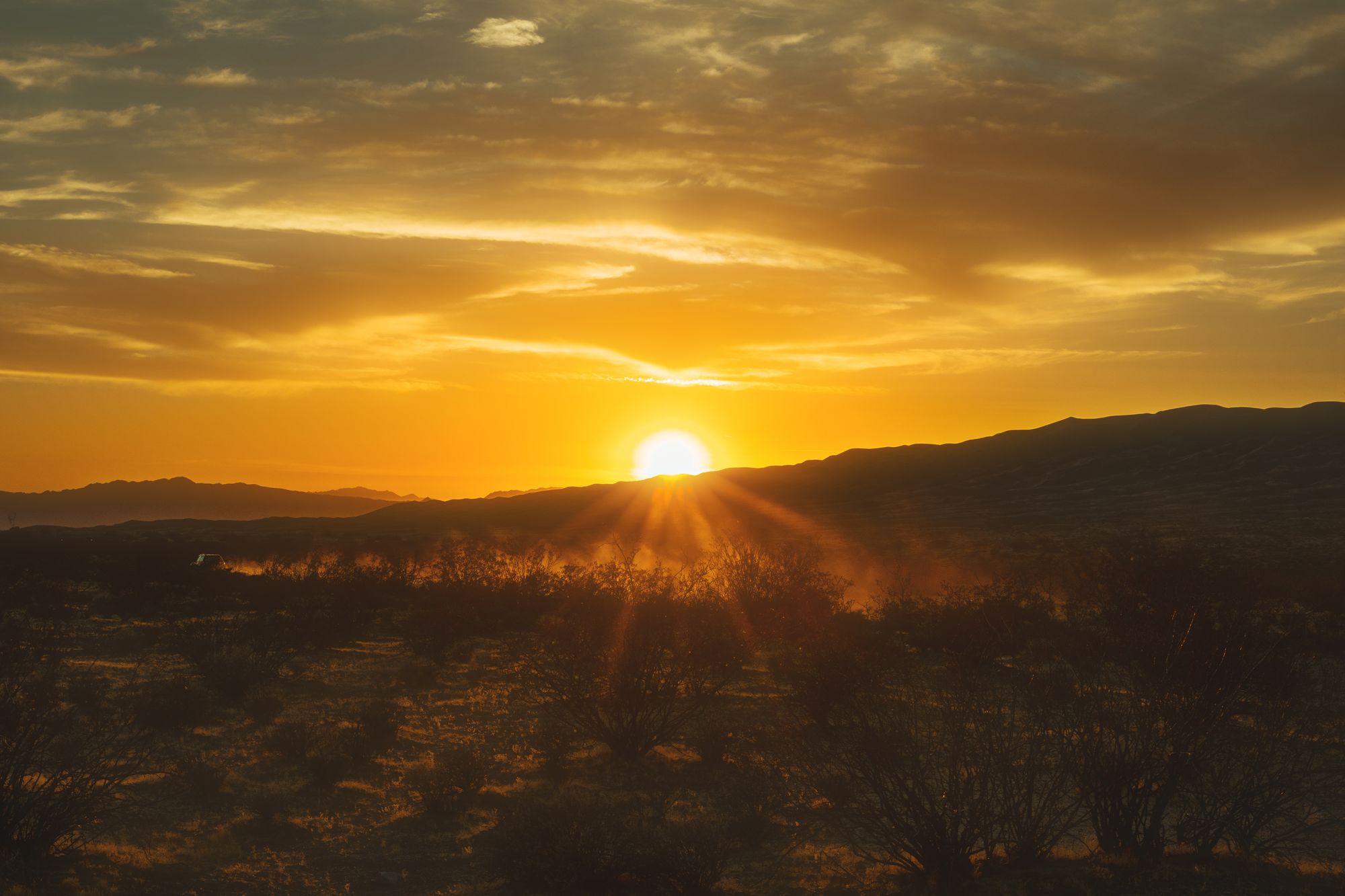
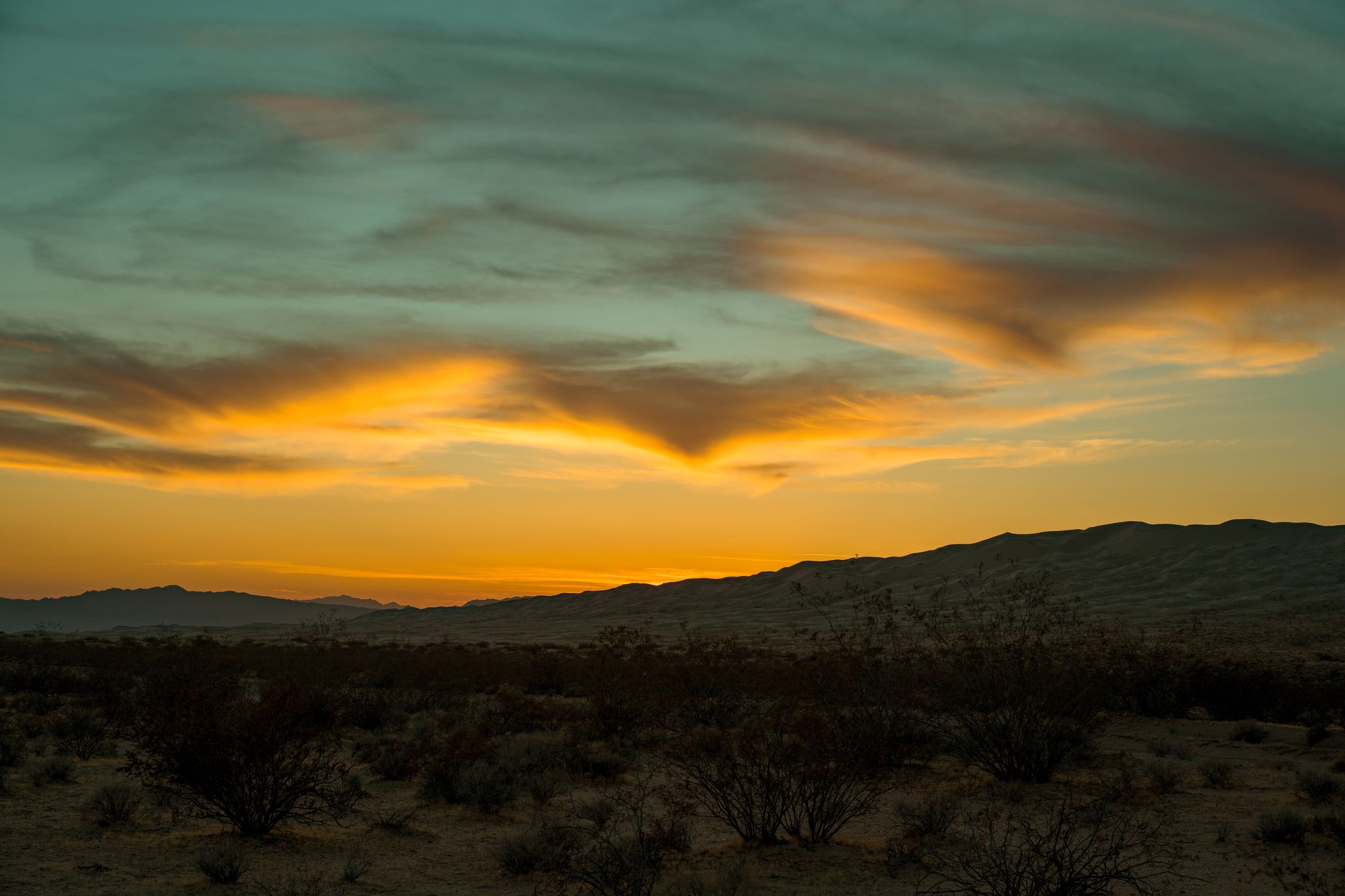
As the gradient of colors lowered on the horizon and darkness took hold, the sky twinkled with a galaxy of stars. This, too, was magical. The clock approached 8:30 p.m. and we loaded up, turned on the lights and drove four miles of washboard road, out of the desert and dunes, toward Kelbaker Road, which would take us back to Interstate 40. As always, we had somewhere to be.
The Dairy Queen in Needles closes at 10 p.m.
The Barrel:
At one of the many liquor joints in Needles I picked up a six-pack of Golden Road’s Hazy L.A. IPA. Fully submersed all day in the Yeti Hopper, the refreshing citrus tones hit the spot while making dinner in the desert.
The Bomb:
Kelso Dunes is probably the main attraction, but the Lava Tube is something we didn’t get to see. So if you can do sunset at Kelso Dunes, make it happen. But the Lava Tube looks worthy.

